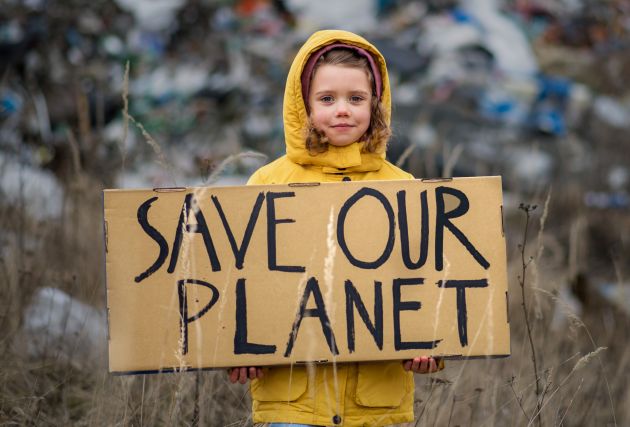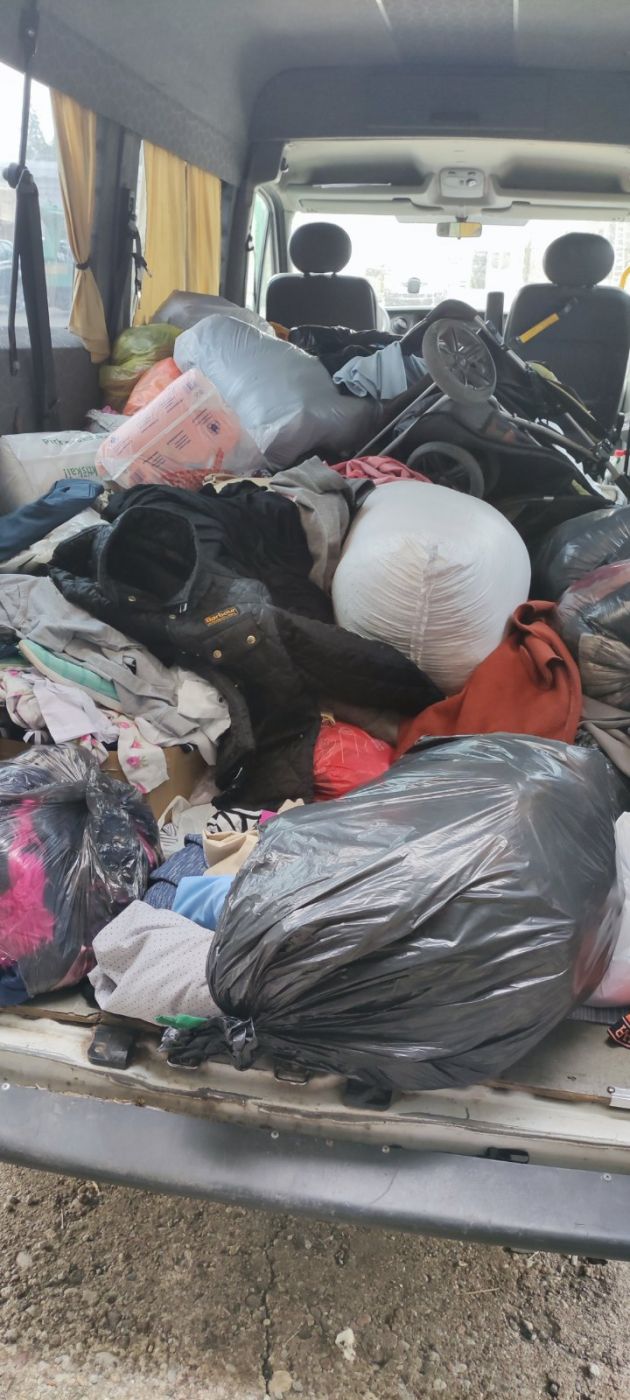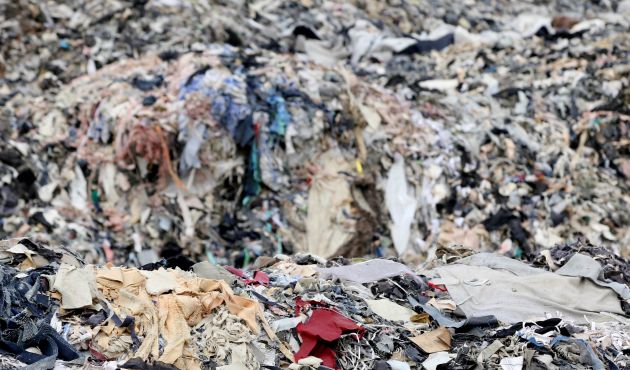Raising money to recycle more as possible textile waste and make earth cleaner
Fundraising campaign by
Darius Antusas
-
€10.00Donated So Far
Campaign Story
Our target is to collect textile waste and recycle.
We already started but we need your help to clean earth faster
How Clothing Recycling Works
Clothing recycling is part of textile recycling. It involves recovering old clothing and shoes for sorting and processing. End products include clothing suitable for reuse, cloth scraps or rags as well as fibrous material. Interest in garment recycling is rapidly on the rise due to environmental awareness and landfill pressure. For entrepreneurs, it provides a business opportunity. In addition, various charities also generate revenue through their collection programs for old clothing.
Garment recycling involve a series of sequential activities as outlined below:
Creating Awareness of Clothing Recycling
Website information. A basic step for garment recyclers is to raise public awareness with information about the importance and benefits of donating used items like clothing and shoes. As such, recycling companies often provide educational materials at their websites regarding garment recycling and its importance. They may also explain what items they accept for recycling.
Informative bins and truck signage. Other approaches to raising awareness truck and bin markings. Colorful bins help describe what articles of clothing are accepted and what charity benefits from the contribution. Truck signage can be useful in raising awareness, for example, of home pickup programs for old clothing.
Collection
Clothing recyclers use a variety of strategies for picking up clothing. Post-consumer clothing is picked up generally from bins placed in public places, as well as from clothing drives and door-to-door collection. Bins are typically placed strategically in public places like parking lots in business centers and shopping malls. Colorful bins are positioned in high traffic, high visibility locations to help maximize donations.
One recent development has been the partnering of leading retailers with garment recycling companies such as I:Co. In collaboration with its partners, I:CO collected around 17,000 tons of clothing and shoes in 2015 (or 37 million pounds) while recycling 40 percent of the clothing or almost 15 million pounds.
Clothing sorting
Once collected, clothing is classified into three groups: reuse, rags, and fiber. Typically this is a manual sorting process that requires expertise in identifying various types of material. The process can be aided by such mechanical systems as conveyor belts and bins to segregate various grades of material. There is, however, at least one initiative to automate the sorting process, known as Textiles4Textiles.
Recyclers report that about one-half of donated garments can be reused. Some recyclers bale this clothing for export to developing countries, while some garments are used domestically for sale in thrift shops. Industrial cloth rags and wipes are another important residuals of the recycling process. Additionally, clothing may be reduced to fibrous material.
Processing
Textile fabric and clothing commonly consist of composites of synthetic plastics and cotton (biodegradable material). The composition will influence its method of recycling and durability.
Collected clothing is sorted and graded by highly experienced and skilled workers. These sorted items are sent to different destinations as outlined.
For natural textiles, incoming items are sorted in terms of color and material. By segregating colors, the need for re-dying can be eliminated, reducing the need for pollutants and energy. Then the clothing is torn into sloppy fibers and combined with other chosen fibers, conditional on the planned end use of the recycled fiber. Once cleaned and spun, fibers can be compressed for use in mattress production. Textiles which are sent to the flocking industry are used to produce filling material for furniture padding, panel linings, loudspeaker cones, and car insulation.
The recycling process works somewhat differently for polyester-based materials. In this case, the first thing is to remove zippers and buttons and then to cut the clothing into smaller pieces. Those shredded small fabrics are then granulated and shaped into pellets.
As the textile industry continues to grow, it will be challenged to devise ways to boost recycling rates as well as to develop technologies that will help maximize the value of recovered material.
1) collect textile
2) sorting (good clothes will be donated or sold and waste will go to next step)
3) recycling (environmentally friendly, without waste)
4) making new product
5) money of sales will be used to recycle more waste
Organizer
- Darius Antusas
- Campaign Owner
thanks for first anonymous donation for 10e and also landfill worker for 15e
Update posted by Darius Antusas at 06:24 amDonors & Comments
- Anonymous
- Donated on Jun 30, 2021







